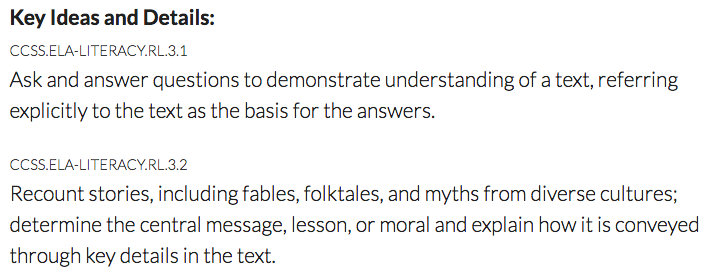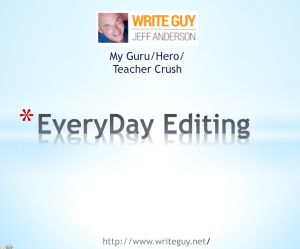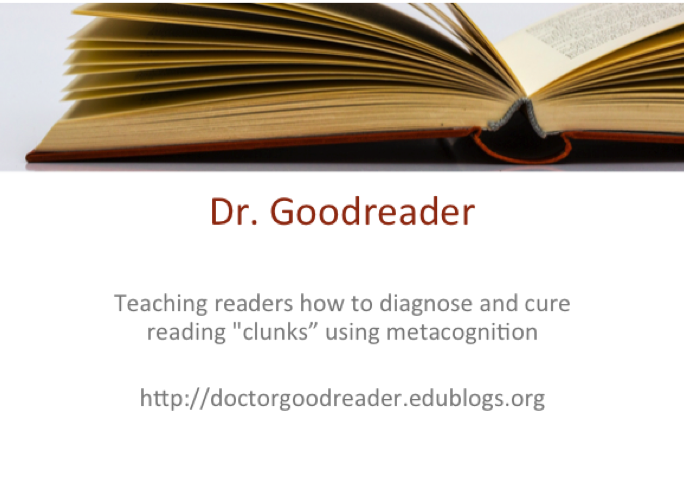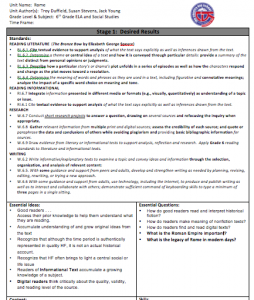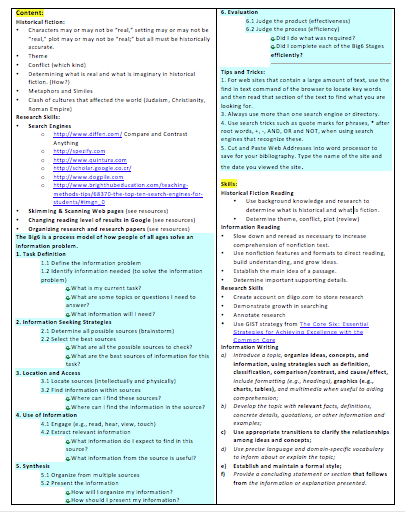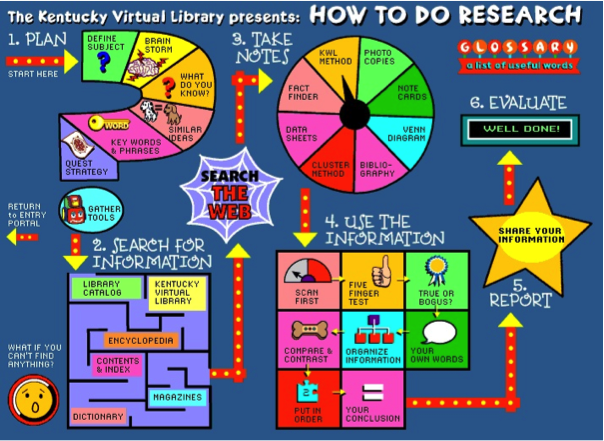
What is Metacognition?
Metacognition refers to awareness of one’s own knowledge—what one does and doesn’t know—and one’s ability to understand, control, and manipulate one’s cognitive processes (Meichenbaum, 1985). It includes knowing when and where to use particular strategies for learning and problem solving as well as how and why to use specific strategies. Metacognition is the ability to use prior knowledge to plan a strategy for approaching a learning task, take necessary steps to problem solve, reflect on and evaluate results, and modify one’s approach as needed (Teal, 2012).
To put it simply, metacognition is being aware of and understanding your cognitive processes.
Why Should we Explicitly Teach Metacognition?
Yesterday I read Visible Learning for Literacy by Fisher, Frey, and Hattie. They include a thought-provoking list in their appendix effect sizes for various educational practices and environmental factors. There are negative effect sizes (-0.20 – 0.00 approx.), developmental effect sizes (0.00 – 0.20 approx.), teacher effect sizes (0.20 – 0.40 approx.), and medium to high effect sizes (0.40+).
Number 14 on the list of 150 measured items is Metacognitive Strategies with a whopping effect size of 0.69. Teaching Strategies is number 23 on the list with an effect size of 0.62.
We must couple teaching of strategies with teaching of metacognitive strategies to receive full value from each. How? By teaching students to continually question their understanding of material followed by purposefully choosing strategies to help them comprehend what they read.
P.S. I don’t think it will come as a surprise to any teacher that negative effect sizes include summer vacation, retention, and television.
Teal Center Staff. “Fact Sheet: Metacognitive Processes | Teaching Excellence in Adult Literacy (TEAL).” Fact Sheet: Metacognitive Processes | Teaching Excellence in Adult Literacy (TEAL). U.S. Department of Education, Feb. 2012. Web. 13 July 2016.

